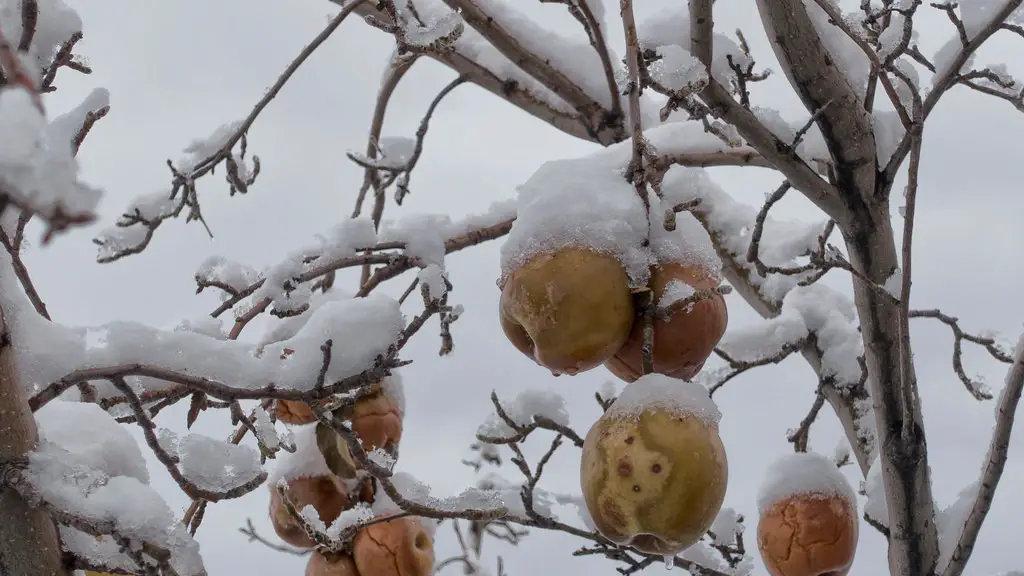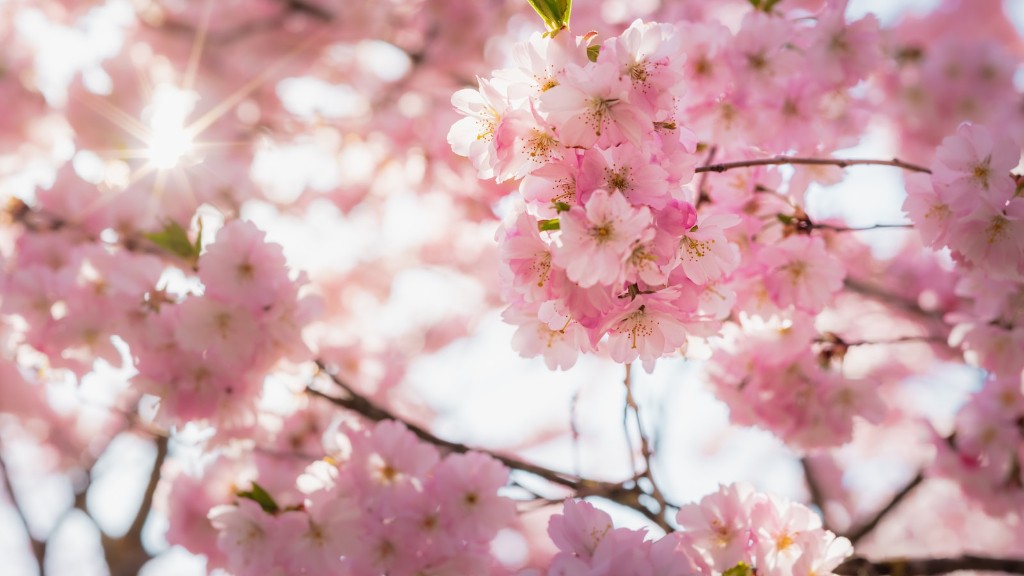Apple tree leaves turning brown is a common issue, especially in warmer climates. It can be caused by a variety of factors, including nutrient deficiencies, pests and diseases, sunburn and drought. This can affect the health of the apple tree and make it difficult to produce fruit, so it’s important to understand what is causing the problem. Here are a few of the possible culprits.
Nutrient Deficiencies: Apple trees need a balanced supply of nitrogen, potassium and other minerals to remain healthy and produce good yields. A lack of these nutrients can lead to leaf discoloration in the form of yellowing and brown spots. Fortunately, this problem is easily fixable with a few fertilizer applications tailored for apple trees.
Pests and Diseases: Pests such as aphids and mites can feed on the leaves of apple trees, leading to the leaves turning brown. Diseases such as fire blight can also cause leaf discoloration. In both cases, the leaves may become curled or distorted as well. A good pest and disease control program can help reduce the risk of such problems.
Sunburn: Too much exposure to direct sunlight can cause the leaves of an apple tree to turn brown. This is especially true for young trees, which may not yet have developed a thick, protective outer layer of bark. If possible, it may help to provide some shade for the tree, or at least limit how much direct sunlight it receives.
Drought: Apple trees need an ample supply of water in order to remain healthy and produce good yields. If there is a lengthy period of dryness, the leaves can turn brown as the tree attempts to conserve water. Proper irrigation can help mitigate the situation.
Fungal Infection
Fungal diseases such as powdery mildew can affect the leaves of apple trees, causing them to turn brown. The symptoms typically include white, powdery patches on the undersides of the leaves. To deal with this problem, it will be necessary to apply appropriate fungicides and prune the affected branches.
Winter Damage
Cold winter temperatures, especially in colder climates, can cause the leaves of an apple tree to turn brown. The leaves may also become brittle and curl, and the fruit yields may be reduced. Mulching the base of the tree in fall and providing adequate irrigation can help mitigate the problem.
Insect Infestation
Insects such as caterpillars and beetle larvae can feed on the leaves of apple trees, leading to damage and discoloration. They may also create webs and tunnels in the bark, further weakening the tree. Applying insecticides and maintaining the tree’s health can help reduce the risks associated with pest infestations.
Root Damage
Root damage can also cause leaves to turn brown, as it limits the tree’s ability to take up nutrients and water and causes stress. Poor soil conditions, such as soil compaction or waterlogging, can contribute to this problem. Regular aeration and proper irrigation can help reduce the risks associated with root damage.
Overfertilizing
Applying too much fertilizer to an apple tree can cause the leaves to turn brown. This is due to the fact that too many nutrients can lead to an imbalance, which the tree is unable to process properly. If you suspect that this is the case, it may be best to stop fertilizing and wait for the leaves to return to their normal color.
Improper Pruning
Improper pruning can also lead to leaf discoloration in apple trees, as it can reduce the amount of energy the tree has available to maintain healthy growth. Make sure to only prune diseased, damaged or dead branches and remove any suckers or shoots that may be growing from the rootstock. This will help the tree remain healthy and strong.


